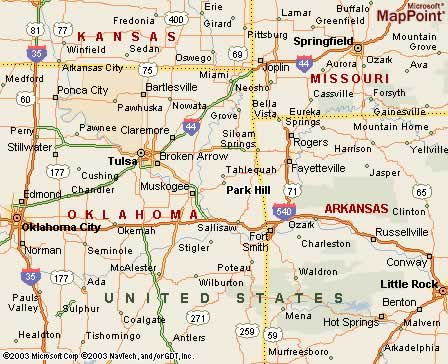 |
Canku Ota
|
 |
|
(Many Paths)
|
||
|
An Online Newsletter
Celebrating Native America
|
||
|
January 1, 2009 - Volume
7 Number 1
|
||
|
|
||
|
Cherokee Rocket Scientist
Leaves NMAI A Gift
|
||
|
by Kara Briggs - Muskogee
(OK) Phoenix Correspondent
|
||
|
credits: photos by Mary
McCarthy - NMAI News Service
|
 When
she was 96 years old, Mary Golda Ross asked her niece to make her
something very special: the first traditional Cherokee dress that
Ross, the great-great-granddaughter of renowned Chief John Ross,
would ever own. When
she was 96 years old, Mary Golda Ross asked her niece to make her
something very special: the first traditional Cherokee dress that
Ross, the great-great-granddaughter of renowned Chief John Ross,
would ever own. Because Ross, after a lifetime of high-flying achievement as one of the nation’s most prominent women scientists of the space age, wanted to wear her ancestral dress to the 2004 opening of the Smithsonian’s new National Museum of the American Indian. Last month, the museum received notice of a generous bequest from Mary G. Ross, who died in April, only three months shy of her 100th birthday. Wearing that dress of green calico, Ross joined in the procession of 25,000 Native people who opened the museum. Now her gift, invested in the museum’s endowment, will help perpetuate the cultural and educational mission of the National Museum of the American Indian. “She gave to endowment because endowment perpetuates itself,” her niece and executor Evelyn Ross McMillan said. “She was a mathematician, and she knew if you gave a large scholarship it would be gone in a year. But if you gave to endowment, the principal would continue to give.” Ross was born in 1908 on her parents’ allotment near Park Hill. At 16, she enrolled in Northeastern State Teachers College, which Chief John Ross was involved in founding. She graduated with a bachelor’s degree in 1928 and taught math and science for nine years in nearby high schools. She was hired as a mathematician with Lockheed Corporation in 1942. In 1952, she was asked to be one of 40 engineers in what became known as the Lockheed Skunk Works, a super-secret think tank. It was the start of Lockheed Missiles & Space Co., a major consultant to NASA. Ross was 45, the only woman and the only Native American. Her Lockheed team’s top-secret project? “Preliminary design concepts for interplanetary space travel, manned and unmanned earth-orbiting flights, the earliest studies of orbiting satellites for both defense and civilian purposes,” columnist Leigh Weimers wrote in the Mercury News in 1994. Most of the theories and papers that emerged from the group, including those by Ross, are still classified. Her friend, Cara Cowan Watts, an engineer and elected legislator of the Cherokee Nation, has said, “Just think, a Cherokee woman from Park Hill helped put an American on the moon.” Kara Briggs writes for National Museum of the American Indian Newservice. |
 Park Hill, Oklahoma map |
www.expedia.com |
|
|
||
|
|
||
| Canku Ota is a free Newsletter celebrating Native America, its traditions and accomplishments . We do not provide subscriber or visitor names to anyone. Some articles presented in Canku Ota may contain copyright material. We have received appropriate permissions for republishing any articles. Material appearing here is distributed without profit or monetary gain to those who have expressed an interest. This is in accordance with Title 17 U.S.C. Section 107. | ||
|
Canku Ota is a copyright ©
2000, 2001, 2002, 2003, 2004, 2005, 2006, 2007, 2008, 2009 of Vicki
Barry and Paul Barry.
|
||
 |
 |
|
|
The "Canku
Ota - A Newsletter Celebrating Native America" web site and
its design is the
|
||
|
Copyright ©
1999, 2000, 2001, 2002, 2003, 2004, 2005,
2006, 2007, 2008 of Paul C.
Barry.
|
||
|
All Rights Reserved.
|
||